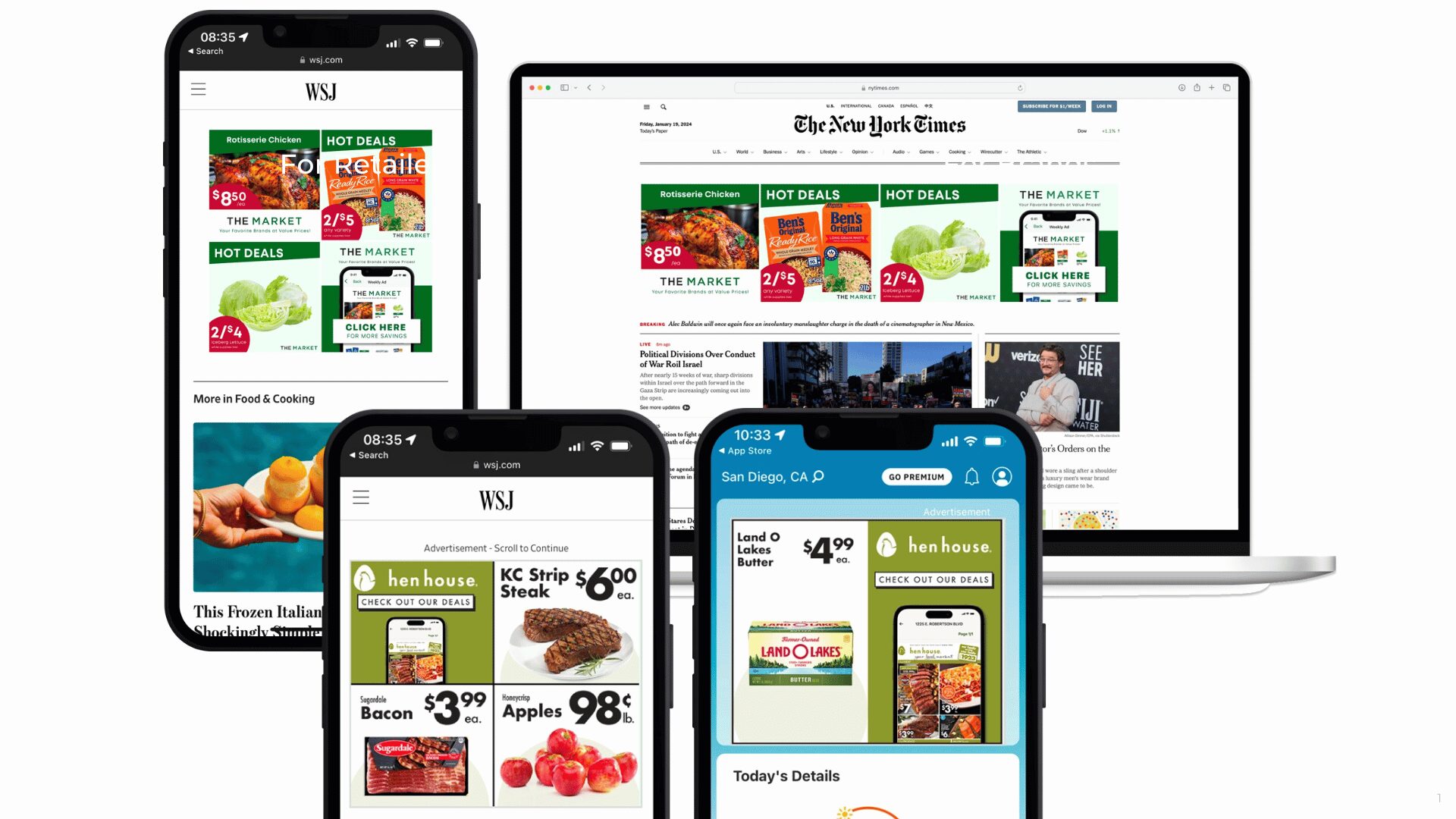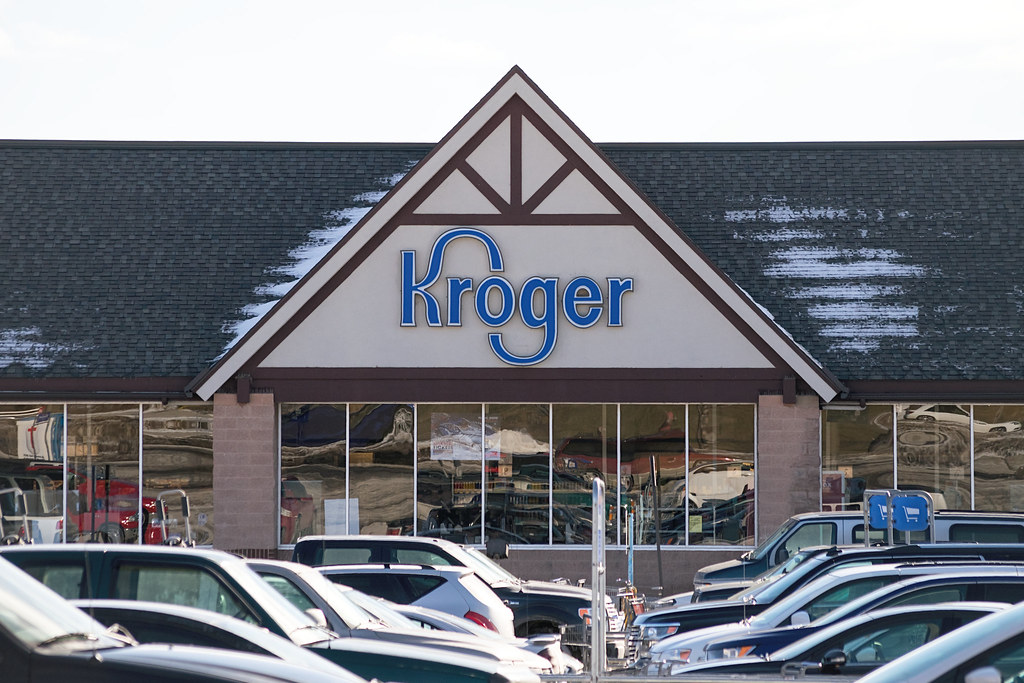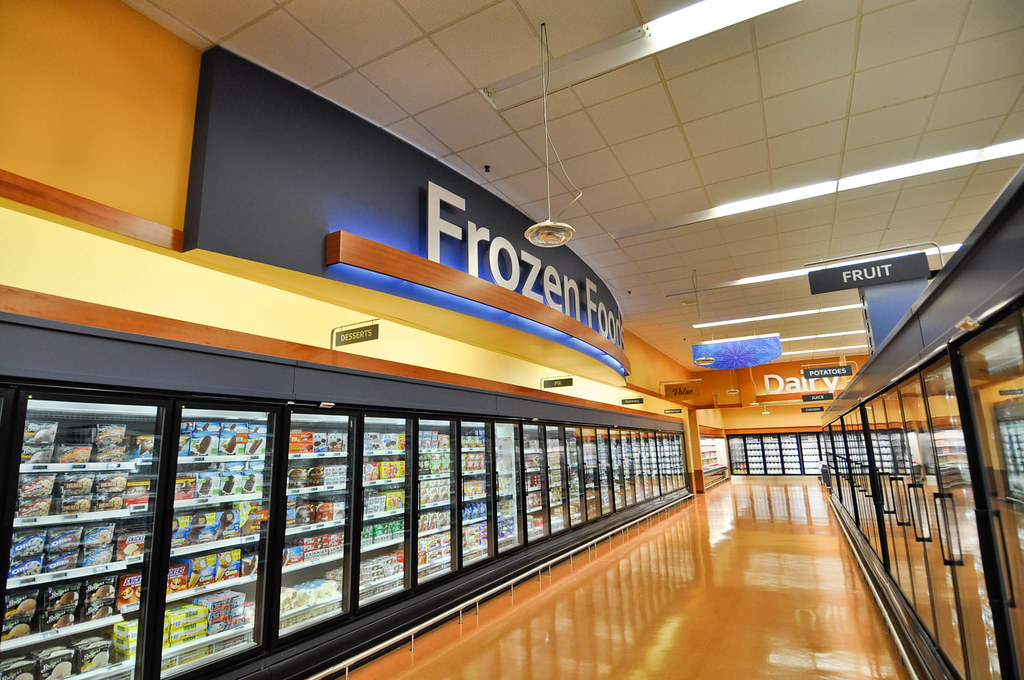Amazon customers are shopping more frequently and spending more.
A survey from RBC Capital Markets reported a sharp rise in the number of Amazon customers who have made at least two to three purchases a month, as well as the number of those who claim to have spent $200 or more on Amazon over the past 90 days, reported The Wall Street Journal (June 8).
RBC analyst Mark Mahaney called Amazon a “structural winner” in the large shift to e-commerce spending driven by the coronavirus pandemic.
This finding is important for Amazon as a recent Inmar Intelligence survey revealed e-commerce shifts for consumer grocery purchases may continue post-pandemic. The survey found that since the onset of the pandemic, 78.7% reported shopping online for groceries—a 39% increase.
“Consumers continue to look to e-commerce options for their groceries due to the convenience factor,” said Jim Hertel, SVP, analytics, at Inmar Intelligence. “This trend is likely to continue even as restrictions are lifted, as shoppers have grown accustomed to this routine. Today’s shoppers expect convenient and personalized engagements in every interaction, across all touchpoints. Retailers and brands must work to seamlessly deliver meaningful experiences that delight shoppers and drive loyalty.”
However, the survey also found a significant drop in the number of customers claiming they were very or extremely satisfied with Amazon. About 64% felt so in May, compared with 73% a year ago, likely due to delivery delays and lack of availability of nonessential items, Mahaney noted.
Luckily, Amazon in mid-May made several moves that signal shipping times are returning to normal after weeks of delays, reported CNBC (May 13). The company removed restrictions on nonessential items at its warehouses and restored popular website features.
“We removed quantity limits on products our suppliers can send to our fulfillment centers,” said Kristen Kish, an Amazon spokeswoman. “We continue to adhere to extensive health and safety measures to protect our associates as they pick, pack, and ship products to customers, and are improving delivery speeds across our store.”
Before the change, Amazon capped the number of units that sellers could send per order to its warehouses. It also added back the featured deals section and coupons to its site, both of which were previously removed to prevent additional purchases by customers.
Amazon’s online grocery delivery businesses are also beginning to resume normal service. Prime Pantry, which allows customers to buy packaged groceries and household items, is back online after being temporarily shut down in March.
In addition, next-day delivery is back online for select cities in the U.S., but until Amazon can restore its normal, speedy shipping options for Prime subscribers, warehouses won’t be fully recovered, according to Juozas Kaziukenas, who runs the e-commerce market research firm Marketplace Pulse.
Prime members are far more likely to spend more on Amazon due to the guarantee of quick shipping. The RBC survey found that 59% of Prime subscribers spend more than $800 a year on Amazon, compared with 15% of non-Prime shoppers.
Despite shipping getting back to normal, RBC’s survey results have shown a steady decline in satisfaction levels for Amazon customers over the last five years, when in 2015, 87% of Amazon customers said they were very or extremely satisfied with the company.









